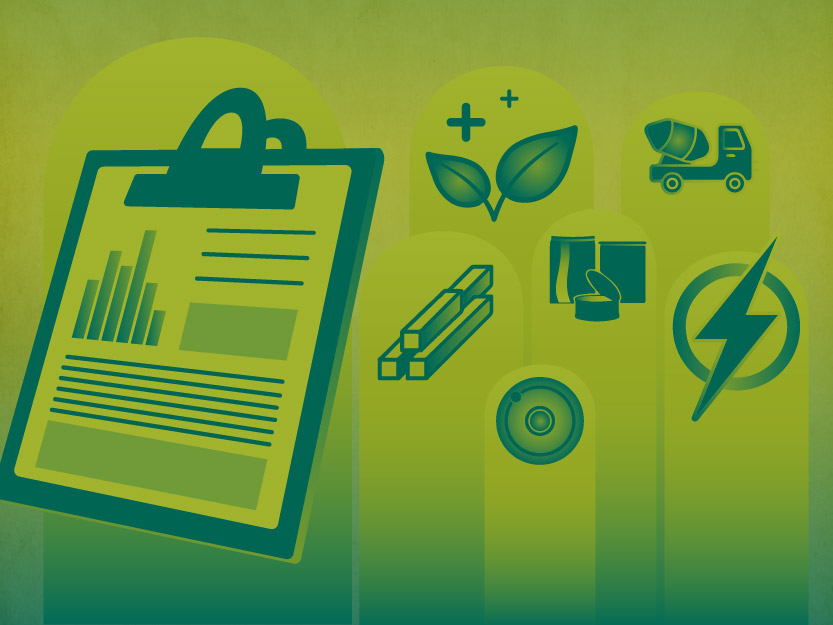 BACK
BACK
Carbon Border Reporting Begins Oct. 1
If your company produces products that are exported to Europe, you need to start thinking about the EU carbon border tax – otherwise known as the Carbon Border Adjustment Mechanism (CBAM).
This recently enacted legislation is the EU’s way of regulating carbon emissions around the world. It is a tariff on the greenhouse gasses used to produce certain goods imported into the European Union. And while the tariff doesn’t kick in until 2026, there is a carbon tracking and reporting requirement that begins in October of this year.
Importantly, the method of reporting required by the EU is very different and much more exacting than the reporting most organizations are currently used to. The upshot is, if you want to keep doing business in the EU, you’ll likely need a significant overhaul in a very short amount of time. Here’s what is required and what you can do about it.
Who’s Affected by the Carbon Border?
The first phase of the Carbon Border Adjustment Mechanism will cover six sectors: cement, iron and steel, aluminum, fertilizer, electricity, and hydrogen. Anyone who wants to import goods into the EU that fall into one of these six sectors will need to track and report the greenhouse gasses embedded in the production of each unit.
The plan will take effect gradually over the course of several years, with many more sectors planned for inclusion in the future such as organic chemicals and polymers. The first transitional period begins on October 1st, and that’s when carbon tracking will need to begin.
Product-Level vs. Company-Level: A New Era of Carbon Reporting
Most businesses report carbon emissions for the company as a whole, typically by adding up utility bills from each building. These figures are then compiled, retroactively, to show the greenhouse gas emissions of the company as a whole.
The CBAM requires a much stricter reporting system – namely, the carbon emissions per unit of product produced. To do this, companies need to combine production data with energy data.
For many companies, this will require a huge change in procedure in a very short time frame. It will also result in a lot more data than can be tracked via spreadsheet. Companies will need to switch to digital tracking tools that can capture data with greater accuracy, transparency, and usability.
How to Prepare for the Carbon Border
A few months isn’t long to enact such a paradigm shift. If your reporting platform can’t track greenhouse gas emissions per unit produced, using real-time primary-source data, the time to start is now. A holistic platform not only helps with compliance, but also provides a better understanding of your energy intensity and opportunities for improvement.
It can provide a clear picture of the patterns in your energy usage and carbon output, which can in turn help you find new ways to reduce them. Is your carbon output higher for one product than another? Is it higher at a particular time of day? With real time, per-unit data, you can create a plan to lower your carbon footprint before the actual tariff is enacted.
Digital tracking also greatly improves reporting accuracy and confidence for Scope 1, 2, and 3 reporting, as well as double materiality. Because gaps in data are inevitable, a good platform can show you where those gaps are, fill them in with estimated data, and tell you what percentage of data is verified versus estimated. This is a key component of reporting accuracy that is often overlooked.
Ndustrial’s carbon tracking and reporting platform can help you meet this paradigm shift. Our production-first approach will not only provide real-time, primary-source carbon data per unit, but will also help you use that data to boost your productivity and lower your production costs while improving throughput and quality.
Other Upcoming Carbon Reporting Regulations
The Carbon Border Adjustment Mechanism is just one of the new emissions reporting regulations that companies will face in the near future. The Corporate Sustainability Reporting Directive will require EU-based companies to begin tracking emissions in 2024 – and foreign companies with a presence in the EU to begin tracking in 2028. These companies will be required to track Scope 3 emissions, which are notoriously difficult to pinpoint.
There are also two major proposed regulations affecting U.S.-based companies. First, there’s the Federal Supplier Climate Risks and Resilience Rule, which would require companies holding federal contracts over $7.5 million to disclose Scope 1 and Scope 2 emissions, and companies holding contracts over $50 million to disclose Scope 3 emissions as well.
Second, the SEC’s proposed climate disclosure rule would require any company publicly traded in the U.S. to disclose Scope 1 and Scope 2 emissions, plus material Scope 3 emissions. Both of these new regulations could go into effect soon and require a significant overhaul of most U.S.-based companies’ greenhouse gas reporting capabilities.
Contact busdev@ndustrial.io to discuss how these regulations may apply to your operations and what steps you may need to take.

